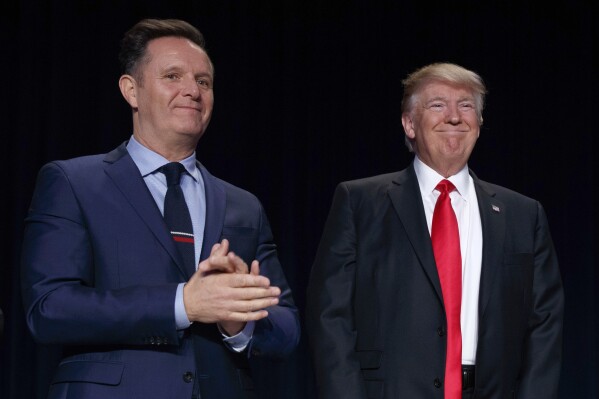A couple of associations on Wednesday criticized the “military approaches” favored by Congolese President Félix Tshisekedi to end the armed conflict in the east of the Democratic Republic of the Congo, where several hundred civilians were killed by rebels.
The eastern part of the Democratic Republic of Congo has been plagued by violence for more than 25 years, due to the presence of about 100 local and foreign armed groups of varying importance. The army is conducting military operations in at least three provinces (North Kivu, South Kivu and Ituri).
“The approaches, mainly military, which have been favored by Félix Tshisekedi since his arrival as president in January 2019, have still not brought about the expected results”.
“They sometimes contributed to the aggravation of the situation, as during the ‘large-scale’ offensive launched against the Allied Democratic Forces (ADF) at the end of October 2019 was followed by an unprecedented wave of massacre against civilians since that of 2014-15”as recorded by the Kivu Magazeti, and a joint initiative of Local NGOs in Congo.
The state of siege, an exceptional measure
The provinces of North Kivu and Ituri have been placed under a state of siege since May 6 by President Tshisekedi, with the aim of putting an end to the problem of insecurities in the Provinces.
The measure put in place is yet to achieve the expected results at the moment. This essentially consisted in the transfer of very large parts of the civil power to governors, administrators of territory and military mayors. , mayors of military or police communes “.
Killings are reported daily in the provinces of North Kivu and Ituri. From May 6 to September 10, “at least 739 civilians were killed” in these two regions, according to human rights groups.
The vast majority of these massacres are attributed to the ADF. Originally Ugandan Muslim rebels, they are now presented by the jihadist organization Islamic State (IS) as its branch in Central Africa.
The government announced the holding “of a security meeting aimed at the logistical and operational reorganization of the state of siege to adapt it to new conditions on the ground”.



























